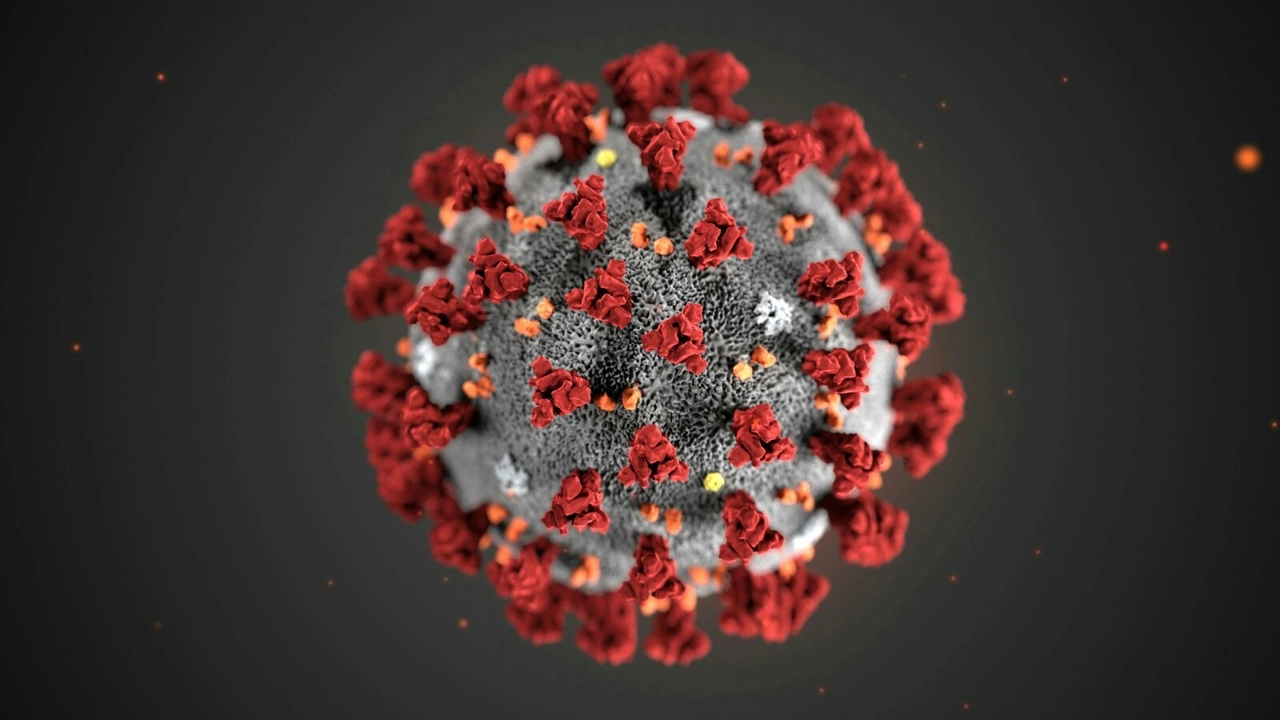HIV-1/2 Test: What You Need to Know
Worried about a possible exposure? Good — knowing how HIV-1/2 testing works helps you act fast and get answers. This guide explains the main test types, when to test, where to go, and what results usually mean.
Types of HIV-1/2 tests and how soon they detect infection
There are three common kinds of tests. Antibody-only tests look for your immune response and usually become positive a few weeks to months after exposure. Fourth-generation tests check both antibodies and the p24 antigen; they catch infections earlier — often around 2–4 weeks. Nucleic acid tests (NAT or PCR) detect the virus itself and can be the earliest option, sometimes positive 10–15 days after exposure. Rapid tests and many at-home kits are antibody or 4th-generation based and give quick results.
Which test you pick depends on timing and availability. If the exposure was very recent (days), a NAT is best but may be expensive. If it was a couple of weeks ago, a fourth-generation test is a strong choice. For routine screening or long-ago exposure, antibody or 4th-gen tests work well.
When to test and how to interpret results
Test right away if you think you were exposed, then again at a recommended interval. A common approach is an initial test, another at 4–6 weeks, and a final one at 3 months for full reassurance. If a test is non-reactive but done during the window period (before antibodies or antigen are detectable), you’ll need a repeat test later.
If a test comes back reactive (positive), it needs confirmation. Most clinics use a follow-up test that differentiates HIV-1 and HIV-2 or a viral load (PCR) to confirm infection. Don’t assume a single reactive result is final—ask for confirmatory testing and speak with a clinician.
Negative test results are good news, but only reliable after the window period for the chosen test. If you had a high-risk exposure in the last 72 hours, contact a clinic immediately about PEP (post-exposure prophylaxis). For ongoing prevention, ask a provider about PrEP, condoms, and safe practices.
Where to get tested: sexual health clinics, community centers, primary care offices, and some pharmacies offer tests. At-home kits are available and useful for privacy, but positive results still need clinical confirmation. Many clinics offer free or low-cost testing and confidential services.
If you get a positive result, try to stay calm. Modern HIV care starts quickly and can control the virus. A care team will explain treatment, support, and how to protect partners. If negative, follow up as recommended and consider prevention options to reduce future risk.
Questions about a specific test or timing? Contact a local clinic or your healthcare provider — and don’t wait to get tested if you suspect exposure.
The Emotional Impact of an HIV-1-2 Test: Managing Anxiety and Fear
As a blogger, I recently explored the emotional impact of an HIV-1-2 test, particularly focusing on managing anxiety and fear. I learned that the fear of getting tested stems from various factors, such as stigma, discrimination, and uncertainty about the future. I discovered some helpful coping strategies, like seeking support from friends, family, or professionals, practicing relaxation techniques, and educating oneself about HIV. It's essential to remember that early detection and treatment can lead to a healthier, longer life. Most importantly, we need to break the stigma surrounding HIV and encourage open conversations about it.

